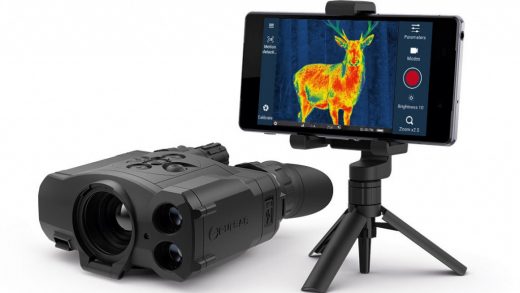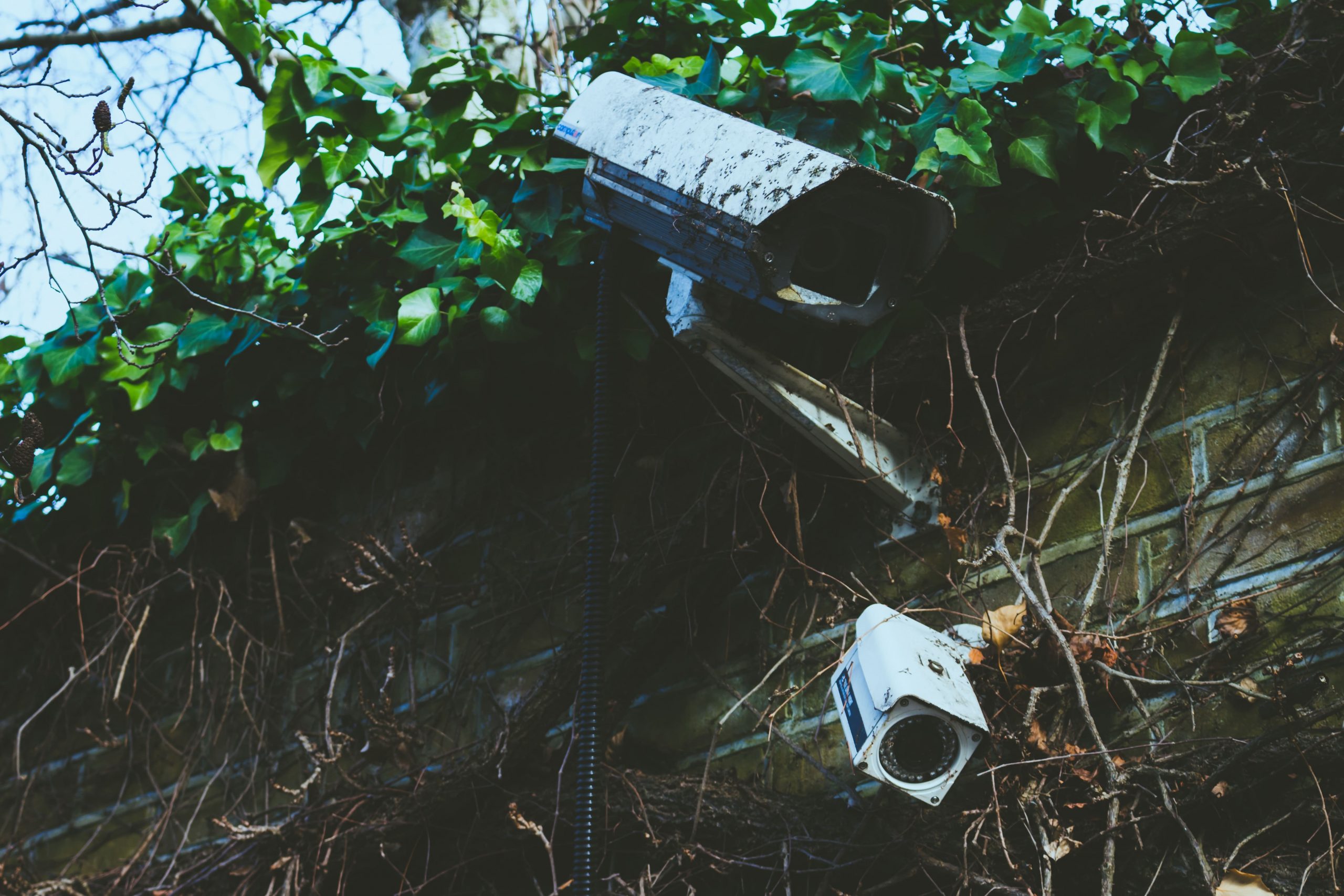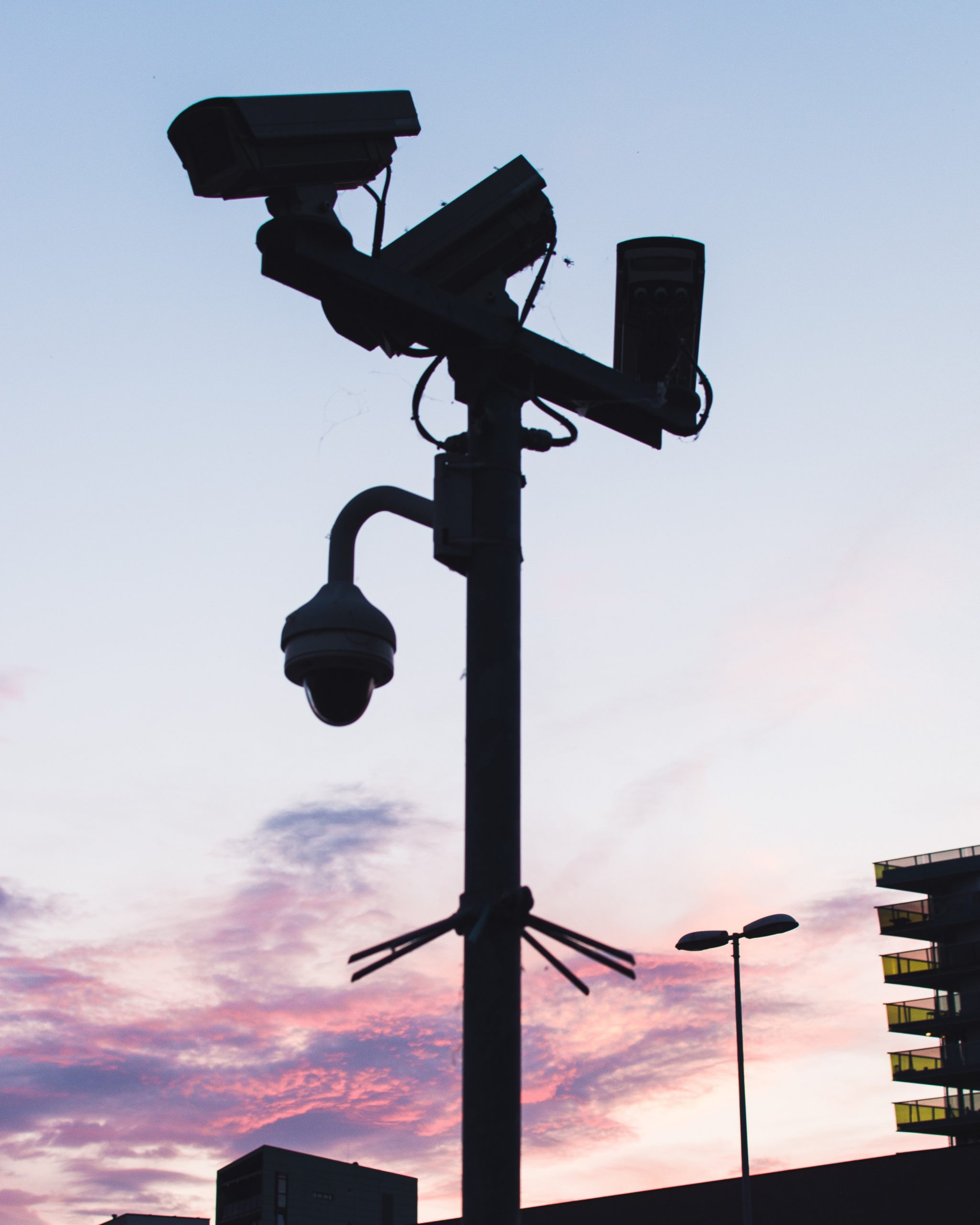Thermal imaging is a great way to see things that can’t be seen with the naked eye. But what, exactly, does thermal imaging do? How does it work?
In short, thermal imaging detects infrared radiation emitted from objects and converts those detections into signals visible as images on a screen. This is very helpful at night or in other low-light situations. In some thermal cameras, you can choose whether you want to view temperatures as greyscale or color imagery – both options have their advantages depending on the situation! How do thermal imagers detect temperature? Well, just like our skin detects hot and cold by picking up on infrared energy from its surrounding environment, so too will a thermal imager detect this radiation if pointed at the same object. Let’s talk about how these objects emit this energy, then!
Thermal imaging detects electromagnetic radiation of various wavelengths in the infrared range (3-14 microns). Every object emits infrared radiation with a particular “signature” like our skin senses temperature. That means that every material gives off its own unique amount of infrared radiation which can be detected by the thermal imager. Think of it like this; each object has its own distinctive fingerprint – you’re probably familiar with matching fingerprints to identify people but did you know they’re also used forensically to identify unknown materials? Or that everyone’s one is different enough that two fingerprints can be easily differentiated from one another? Well, it’s the same with thermal imaging – except instead of matching fingerprints, thermal imagers look for an object’s thermal fingerprint!
Uses for thermal imaging
Thermal imaging is one of the most helpful technologies for anyone working in a dangerous environment at night and can provide an extra layer of safety. Whether you’re checking machinery or helping firefighters go back into a fire, thermal imaging allows you to see through smoke and darkness without exposing yourself to other dangers. The uses for this technology are nearly limitless; here are just a few examples:
- Locate hotspots (anything hotter than its surroundings) inside or outside buildings.
- Pinpoint overheated electrical wires before touching them.
- Detect leaks within walls and under floors.
- Identify animals in the dark at night (and keep your pets safe!).
- Find people who may be lost or injured (even when it’s dark outside!).
- Pinpoint animals at night (and keep your pets safe!).
- Find hot and cold spots on electrical panels, appliances, and circuits before touching them.
- Identify stressed or sick livestock in the middle of the night.
Advantages of thermal imaging
- Detect problems invisible to the naked eye such as overheated wiring and plumbing leaks.
- Identify animals at night.
- Pinpoint people in emergencies (even when it’s dark).
- Determine if your pet is OK after taking them outdoors at night.
- Resolve power outages before calling an electrician or contractor.
As you can see, thermal imaging is a wonderful tool for anyone who works in hot and dangerous environments like firefighters. However, there are several other non-emergency situations where it also proves useful! Just like we mentioned with locating pets; thermal imagers make it possible to play hide and seek with your children in the backyard even after the sun goes down . It’s great for driving because you can detect hotspots on your engine before it gets too serious, and you also have the added bonus of being able to set up wildlife warnings while camping. With thermal imaging, you’ll always be prepared for anything!
Disadvantages of thermal imaging
While thermal imaging has an incredible number of benefits there is one major drawback. You can’t use it in bright light because the imager relies on being able to see differences in temperature, so if everything is too hot or too cold then it won’t be able to tell you anything meaningful. However, once night falls thermal imagers are some of the most useful tools out there!


